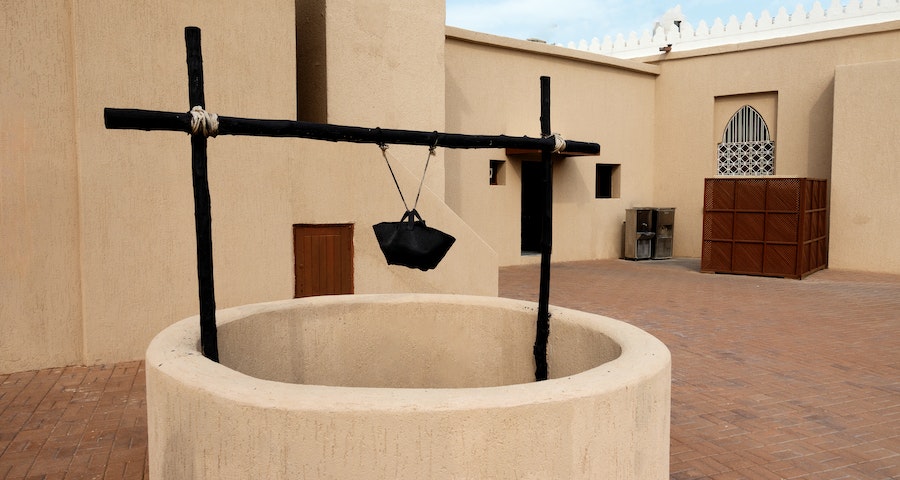
Water is one of the most essential commodities for our daily needs. Access to clean and safe drinking water is critical, and often, that access begins with a quality well. When deciding to install a well, one of the fundamental choices that you will have to make is whether to install a shallow well or a deep well. To decide which one is the better option, let’s take a closer look at the pros and cons of each option.
Contents
What is a Shallow Well?
A shallow well is a type of well that is typically around 25 feet deep or less. Shallow wells are typically installed in areas with a high water table. The water table is the level where the subsurface water is located underground. Generally, shallow wells use a centrifugal pump to draw the water from the well and move it into the house. The water is usually drawn directly to a storage tank and then circulated through the home.
Pros of Installing a Shallow Well
• Shallow wells are less expensive to install since they are less deep.
• They are easier to maintain since they are shallow; this means that the parts that need to be serviced are easily accessible.
• Shallow wells can get water quickly, so it’s an excellent option in areas with a high water table.
Cons of Installing a Shallow Well
• They are only suitable in areas with a high water table, which means they won’t work in areas with low water levels.
• Shallow wells are exposed to surface pollution because they are shallow, which means that improper installation can lead to contamination issues.
What is a Deep Well?
A deep well is a type of water well that typically goes beyond 25 feet in depth to reach an aquifer or the underground layer of rock with water. They are typically installed in areas where the water table is low and deep aquifers are found. Similarly, deep wells use a submersible pump that is buried deep into the well and delivers the water to a storage tank and then to the home.
Pros of Installing a Deep Well
• Deep wells can reach below the water table; this means that it gives an abundant supply of clean water for the house.
• Deep wells have minimal exposure to surface pollution since they are significantly deep.
• They can be reliable and last up to 25 years or more with minimal maintenance.
Cons of Installing a Deep Well
• Deep wells are expensive to install since they require sophisticated hydrological and geological surveys before installation.
• Maintenance on deep wells is difficult since the pumps and other parts that need to be serviced are deep in the well.
Conclusion
In conclusion, deciding whether to install a shallow or deep well depends on various factors. One important aspect to consider is the water table in your area. If you are in an area with a high water table, a shallow well is a great option.
However, If you need a more reliable supply of water and are in an area with low water tables, then a deep well installation might be the better choice. When considering a well installation, it’s important to work with a professional well driller, as they can help you determine the best type of well for your particular need.
Whatever the choice, with a quality well and installation, you can be sure you will have a readily available supply of clean and safe drinking water.
